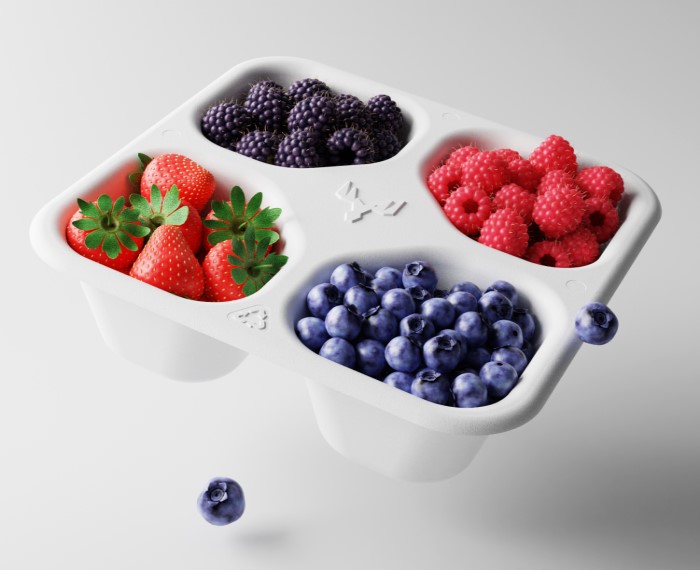

Metsä Spring and Valmet have decided to invest in a pilot plant to turn wet wood pulp into food packaging with no intermediate steps. The construction project, costing roughly EUR 20 million, will start this autumn in Äänekoski, central Finland.
‘The aim is to develop a new, wood-based 3D fibre product, which can replace fossil-based packaging, for example. We are now stepping up the pace by beginning to construct a pilot plant,’ says Jarkko Tuominen, in charge of the project at Metsä Spring, according to a joint media release by the companies.
The pilot plant will convert wet wood pulp directly into finished packaging products. These novel 3D fibre products are recyclable, but if recycling is not possible, they will also decay in a compost.
Metsä Spring says they are aiming at a product that can replace plastics in certain end uses related to packaging.
The new fibre product also has certain advantages over paperboard: there is less manufacturing waste and the logistics chain is short, minimising the need for transport and energy. Conventional food packages made of cardboard require several intermediary stages before reaching the end customer.
The use of material can also be minimized, since it is possible to produce a sturdy structure even without adhesives. With no seams or joins in the product, it is likely that what are called barrier properties will be easy to incorporate, making the product impermeable to smells, fats or water, which is particularly important for food packagings.
The pilot plant is scheduled to be completed towards the end of 2021. It is located at Metsä Fibre’s Äänekoski mill site and, once operational, will employ ten people.
In the first phase, the project aims at developing a novel food packaging that is sturdy, ecological and easy to use. For certain end uses it could be used with no further modifications. The packaging solutions will also make use of paperboard.
Provided the experiences of the pilot plant meet expectations, the next step will be to construct a plant for commercial production in Finland in the near future.
